Kale cabbage - what kind of plant is it and what does it look like?
The genus of plants of the Cabbage family includes over 4 thousand species and varieties. Among them there are well-known plants and relatively rare varieties for our country. For example, curly kale cabbage has excellent taste and healthy properties, but has not yet become as widespread as white cabbage or cauliflower. Meanwhile, Russian kale cabbage is considered the closest to wild plants among domesticated forms. Its leaves are eaten, grown for decorative purposes and as a fodder crop.
Kale: what is it?
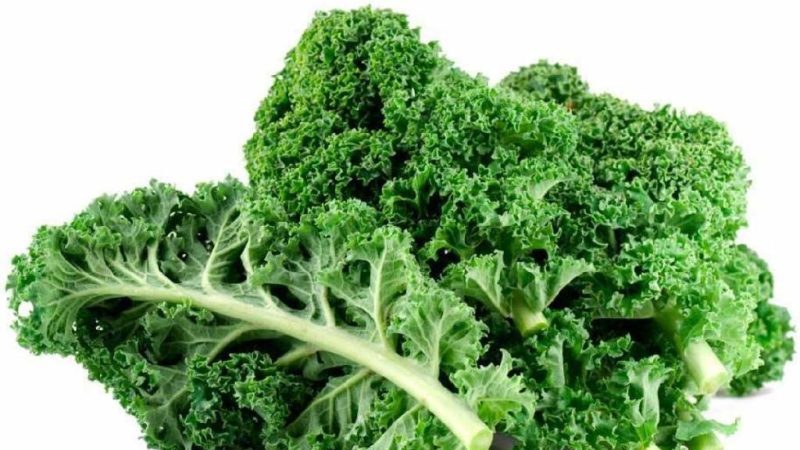
Kale is an annual herbaceous plant, belongs to the Brassica family, species - Cabbage. It was known in Ancient Greece back in the 5th century BC; it became widespread in Europe later, at the end of the Middle Ages.
The economic importance of kale is great. Kale is one of the most important vegetable crops. In nutrition, cabbage serves as a source of vitamins, minerals and other substances beneficial to the human body. With a low calorie content (24-48 kcal), it is rich in proteins (4 g) and carbohydrates (9 g). 100 g of cabbage leaves contains 684% of the daily value of vitamin K, 200% of vitamin A, 134% of vitamin C, as well as high doses of manganese, potassium, calcium, selenium, phosphorus, zinc, iron, amino acids, omega-3, omega-6.
This is a valuable dietary product recommended for people suffering from obesity, gout, urolithiasis, and atherosclerosis.Regularly consuming cabbage leaves can increase stamina and work capacity, improve overall well-being and health, and prevent the development of many diseases and conditions.
Curly cabbage is important for the health of teeth and muscles, supports the functioning of the visual organs, regulates cholesterol levels in the blood, cleanses the intestines of waste and toxins, and strengthens the immune system. Due to the presence of flavonoids, retinol and ascorbic acid in the composition, it slows down the aging process, improves skin condition, and is used as a prevention of tumor tumors.
Important. Prolonged and uncontrolled consumption of cabbage leaves can be harmful to health. The risk group includes persons suffering from urolithiasis, liver and kidney diseases, and individual intolerance to the product.
Kale has practical and culinary uses throughout the world. It is also a popular garden plant, which is grown to decorate autumn and winter flower beds in gardens, parks, squares, and other economic and rural areas.
Other names
Kale cabbage has other names: curly or curly, brauncol or bruncol, American cabbage, kale, Russian, grunkol.
Read also:
Early maturing cabbage hybrid Krautkaiser F1
What does it look like
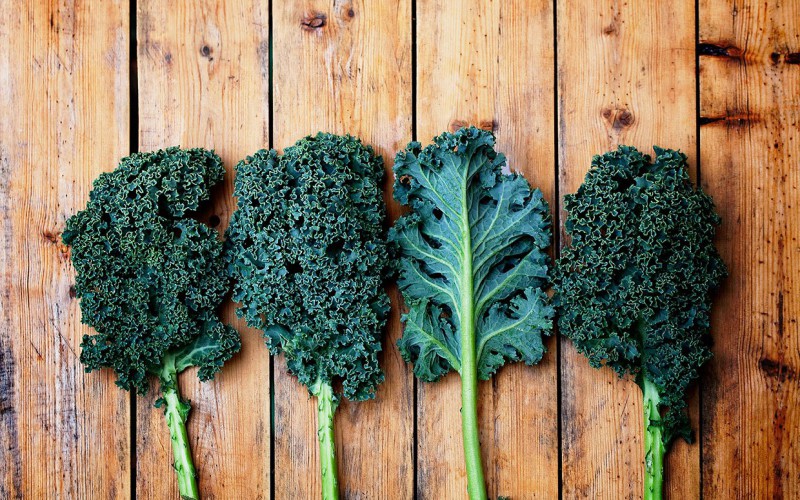
Brauncolleaf cabbage has a different botanical description depending on the variety.. Its main difference from other plants of the Cabbage family is its lacy green or purple leaves that do not form a head. Cabbage has a specific smell, similar to the aroma of white cabbage.
The plant is an annual plant, planted mainly by seedlings in open ground from mid-April to the end of May or by seeds. The plant is not picky about the soil, but in order to get good seedlings and harvest, it is better to choose peat, clay or fertile soil. The soil should be sufficiently nutritious, not flooded, with an acidity level of 5.5-6.7 pH.
Curly cabbage is easy to care for and resistant to temperature changes (the seeds will sprout at t + 5⁰C). Depending on the variety, harvesting is carried out 50-55 days after seedlings are planted in the ground, and 55-75 days when grown by seeds.
For reference. Do not delay harvesting, otherwise the leaves will become excessively hard and have a bitter taste and will become unsuitable for consumption. In such cases, to get rid of bitterness, the leaves are frozen or left in the garden until the first frost.
Kale varieties
Kale cabbage includes many varieties that differ in ripening period, nature of use, taste and nutritional properties, head size, and appearance. The most popular varieties and hybrids in Europe are Siberian, Tuscany, Scarlett, Reflex f1, Red f1.
Siberian
Another name is Red Russian Kale. It is distinguished by its ability to withstand frost in the conditions of a particular region. Retains the ability to bear fruit at a temperature of -15⁰C, which is why it is popular in Siberia and the Urals. The variety is resistant to damage by insect pests. It is recommended to grow in seedlings. Harvesting is carried out on the 80th day.
All leaves are fleshy, wavy, lacy around the edges. The color of the leaves varies - from green to deep purple, with lilac veins and petioles.
The taste is sweet and soft, when compared with Tuscany or Green Curly it is more delicate. With the onset of frost, the leaves become even tastier. In cooking, it is used as an independent product or combined with meat, fish, poultry, juice, smoothies are prepared, and used as an aromatic additive.
Scarlett with purple leaves
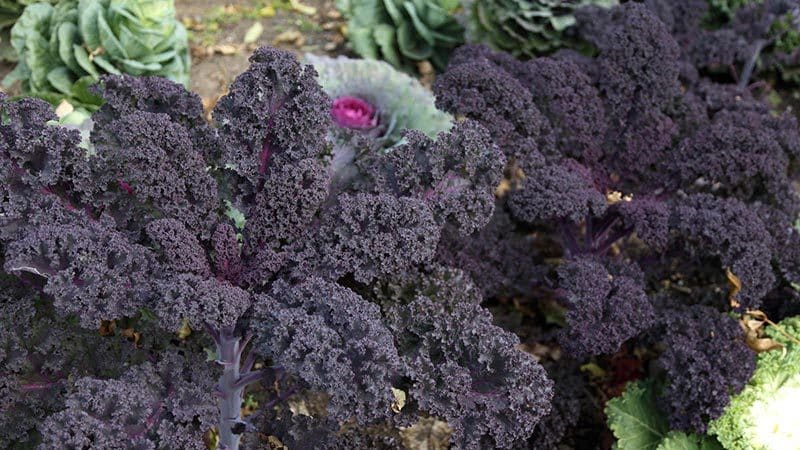
The height of the plant is 80-120 cm, the leaves are fleshy, up to 40 cm long, the color is from green to dark purple. It belongs to the mid-late varieties, ripens within 3-3.5 months. The plant is frost-resistant, can withstand temperatures down to -18⁰C. Moreover, after the first frost, the leaves acquire a blue tint. Often grown as an ornamental crop. The leaves are eaten fresh, stewed, or boiled.
Tuscany
Mainly cultivated in southern latitudes. The biological ripening period in nature is early June - late November. The plant is distinguished by an unusual tuberous shape of leaves. They are dense to the touch, have a dull green color with a matte tint. However, the appearance depends on the amount of sunlight, planting method, and soil moisture. Cabbage produces its first shoots on days 3-5, and ripens quite quickly. For best harvest requires good sunlight and regular watering.
Value of the Black Tuscany variety:
- frost resistance (tolerates temperatures down to -15⁰С);
- decorativeness;
- pleasant and delicate taste;
- high content of amino acids important for the human body, omega-3.
The variety has excellent taste. Young shoots are used as salad leaves, while more mature shoots are used as cabbage and used to decorate dishes. They are grown as an ornamental plant for decorating gardens, squares, and parks.
Tintoretto
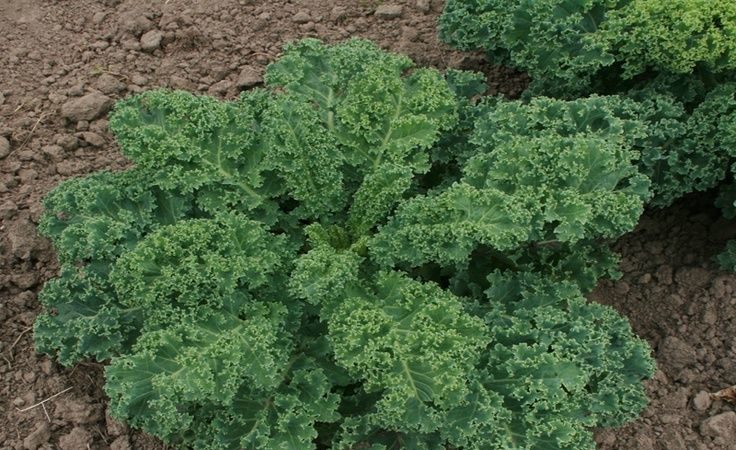
Medium ripening variety, frost-resistant. The leaves are rich green in color, bubbly, with a smooth core, and very curly at the edges. The height of the stem is 70-80 cm, the weight of one inflorescence is 600-800 g. Such appearance features allow the plant to be used for garden decoration.
Young leaves are usually eaten fresh, frozen or after heat treatment. After the first frost, cabbage leaves become even sweeter and more aromatic.
Reflex f1
This hybrid of Russian cabbage is valued for its excellent taste and beneficial properties. The leaves contain high doses of phytoncides, fiber, potassium, phosphorus, nitrogenous substances, vitamins B, A, C, P, K. Cabbage has also found application for garden and public garden decoration.
The height of the plant is 80 cm, the leaves are strongly corrugated, have a green color, the rosette is semi-vertical. The average weight of the fruit varies between 1300-1400 g. The hybrid is frost-resistant (the harvest is stored at temperatures down to -18⁰C).
For reference. Leaves from the center of the inflorescence are chosen for food. It is strictly forbidden to remove the lower leaves, otherwise the plant will wither. Young leaves have a pleasant and sweet taste, without traces of bitterness. Ideally complement meat and fish dishes.
Red f1
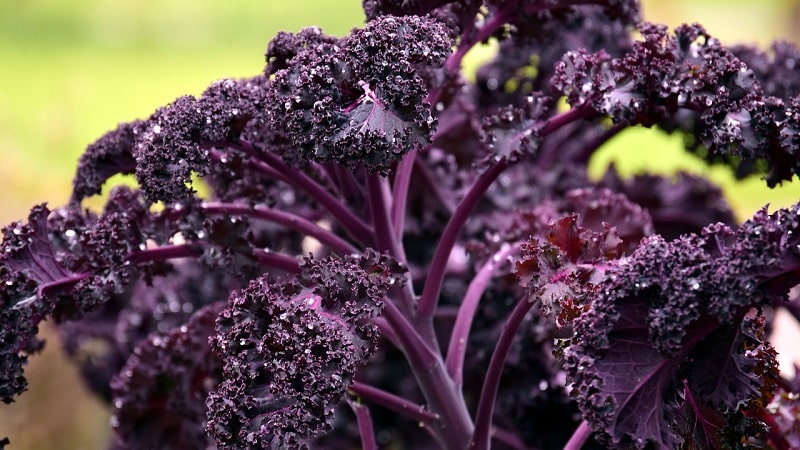
Decorative and dietary hybrid of kale cabbage. Notable features of the plant are the highly corrugated leaves of a violet-green color. As the air temperature drops, the color of the leaves changes to purple, which explains the popularity of the variety in landscape and phytodesign.
The plant can withstand temperatures down to -18⁰C without damage or loss of yield. The first sunrises appear 5-7 days after landing.The variety is unpretentious in cultivation, however, it prefers light-draining soil with a sufficient amount of minerals.
This is a popular dietary product. The leaves help to get in shape after periods of overeating, maintain weight or get rid of extra centimeters in the waist and hips.
How to eat kale
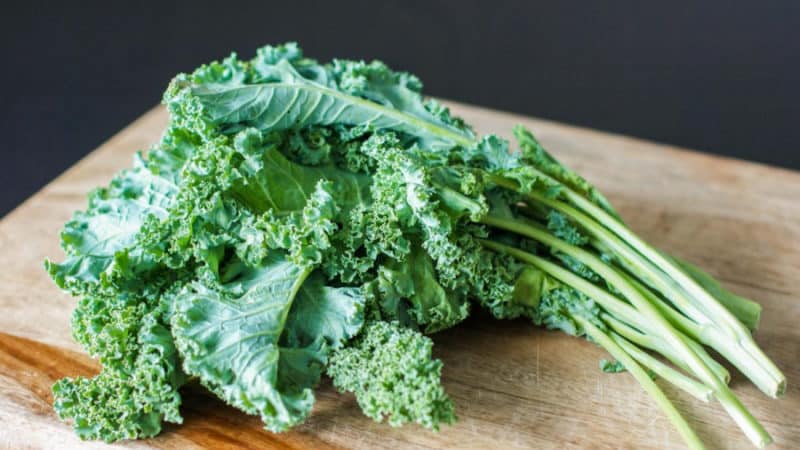
The leaves are eaten both fresh and after preliminary heat treatment. Young leaves have excellent taste, have a delicate texture, and are devoid of bitterness and astringency.
The stem and head are too hard, so they are used as fodder. In cooking, the juice is squeezed out of the stem, which is then used as a dressing and added to vegetable cocktails.
Read also:
The best time for preparations: when to salt cabbage in November and how to do it correctly
Simple, quick and very tasty recipes for pickling cabbage for the winter
Raw
It is in their raw form that curly cabbage varieties will bring the greatest benefit to the human body without loss of taste. During heat treatment, the content of vitamins and minerals decreases. If fresh leaves are consumed during the season, then at other times the leaves are pre-frozen.
The leaves are used as an ingredient in salads, served with meat, fish, poultry, and to decorate a variety of dishes.
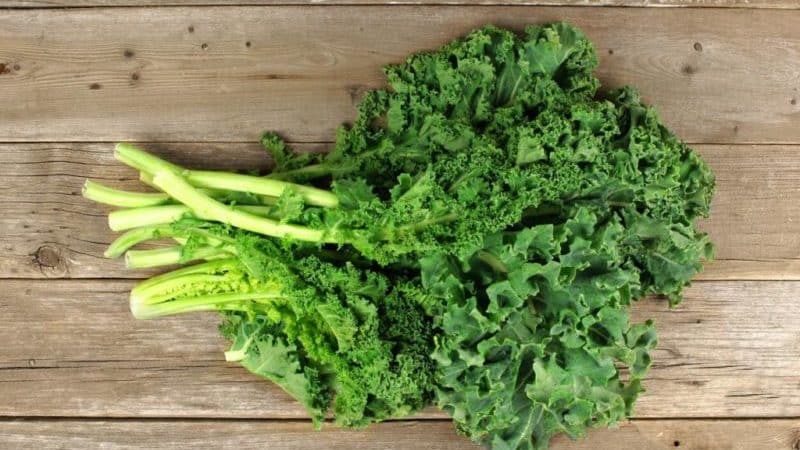
In dishes
Kale goes well with almost all vegetables: tomatoes, peppers, zucchini, onions, carrots, beets, cucumbers, garden herbs like parsley, dill, basil, green onions. This allows it to be used for preparing first and second courses, lasagna, chips, in salads, as a filling for pies.
For reference. In the Netherlands, cabbage leaves are added to mashed potatoes to make the traditional dish Stamppot. In Japan, kale is a popular food additive, and a vegetable drink called aojiru is prepared from it and other green vegetables. In Turkey, curly cabbage is used to make soup.
Conclusion
Kale cabbage deserves special attention from gardeners. Almost any of its varieties can be used as an ornamental plant, and young leaves can be used to prepare tasty and healthy dishes. The obvious advantages of cabbage are frost resistance, ease of care, beautiful flowering appearance, and excellent taste. To understand why Russian cabbage is wonderful and how it differs from ordinary white cabbage, you should definitely try this culture.